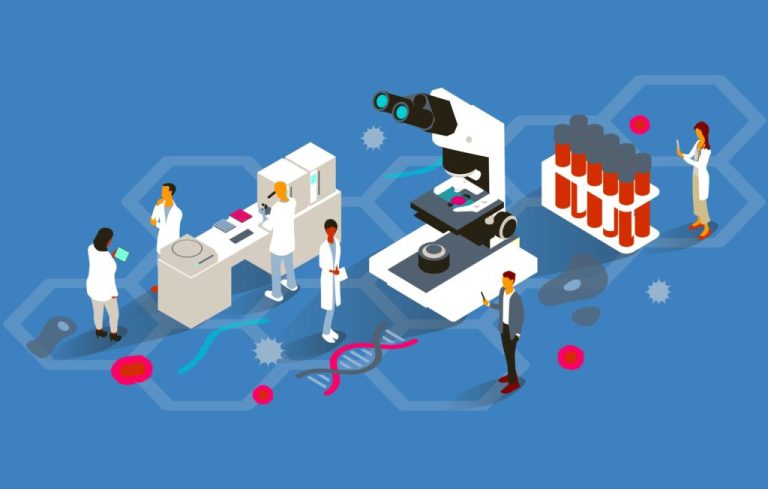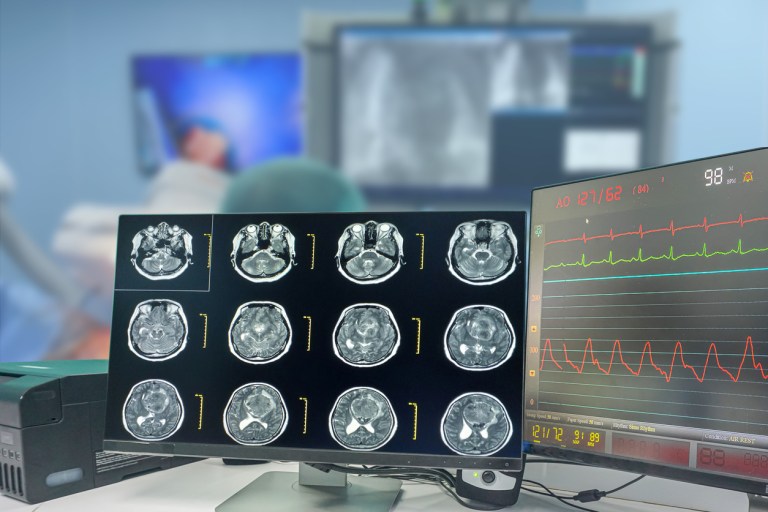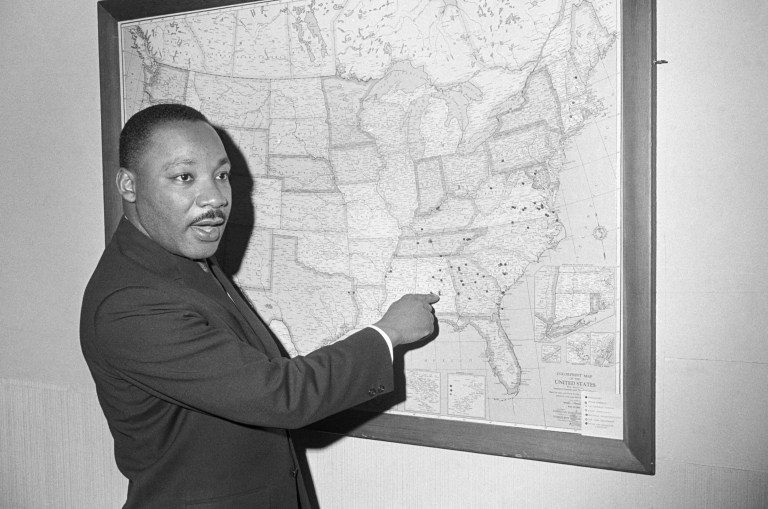By age 35, 66% of U.S. men experience noticeable hair loss, according to the American Hair Loss Association — and only two licensed drugs are FDA-approved to treat male and female pattern baldness, or androgenetic alopecia: minoxidil and finasteride. But some promising recent research breakthroughs are offering hope for more effective alternatives.
For instance, earlier this year, scientists at UCLA shared that ongoing lab work had identified a molecule, dubbed PP405, that can “wake up” dormant stem cells in hair follicles. Then in June, Pelage Pharmaceuticals announced the results of a randomized clinical trial testing a topical treatment with PP405. Participants applied it to their scalps once a day for four weeks, leading to a “rapid and statistically significant clinical response,” per a news release.
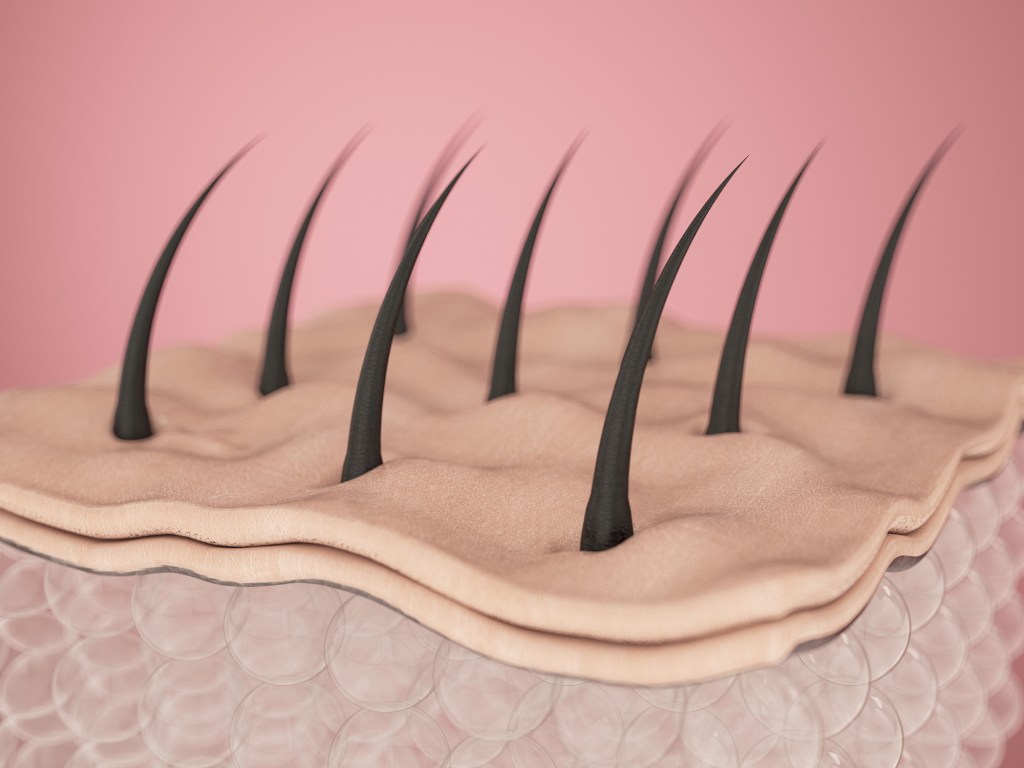
Eight weeks after beginning treatment, nearly one-third of male test subjects with a high degree of hair loss saw a greater than 20% increase in hair density, suggesting that PP405 may work more quickly than existing treatments. What’s more, the molecule triggered new hair to grow from follicles that previously didn’t contain any hair.
“Despite affecting millions, hair loss has seen remarkably little progress in clinical research,” said Arash Mostaghimi, vice chair of clinical trials and innovation at Brigham and Women’s Hospital. “What’s compelling about PP405 is that it brings scientific rigor to a space that’s needed it for decades. A well-tolerated, topically delivered therapy that shows measurable biological activity this early is rare. This could reshape how we think about clinical progress in hair growth.”
Researchers out of the U.K. and Pakistan took a different approach. In a study published last summer, they investigated 2-deoxy-D-ribose (2dDR), a type of sugar our bodies already produce to help halt cell death and promote the formation of new blood vessels. After studying it in mice, the team discovered it may also be as effective as minoxidil in stimulating hair growth.
“Our research suggests that the answer to treating hair loss might be as simple as using a naturally occurring deoxyribose sugar to boost the blood supply to the hair follicles to encourage hair growth,” study co-author Sheila MacNeil said in a press release.
The scientists found this somewhat by accident. They’d been investigating 2dDR’s effect on wound healing when they realized the sugar prompted hair growth around the wounds it was treating. Intrigued, they developed male testosterone-driven hair loss (similar to how male and female pattern baldness is caused in humans) in unwounded mice.
They then applied a small dose of 2dDR to the mice’s skin once a day for 20 days — and found that the sugar helped new blood vessels form, which led to hair regrowth.
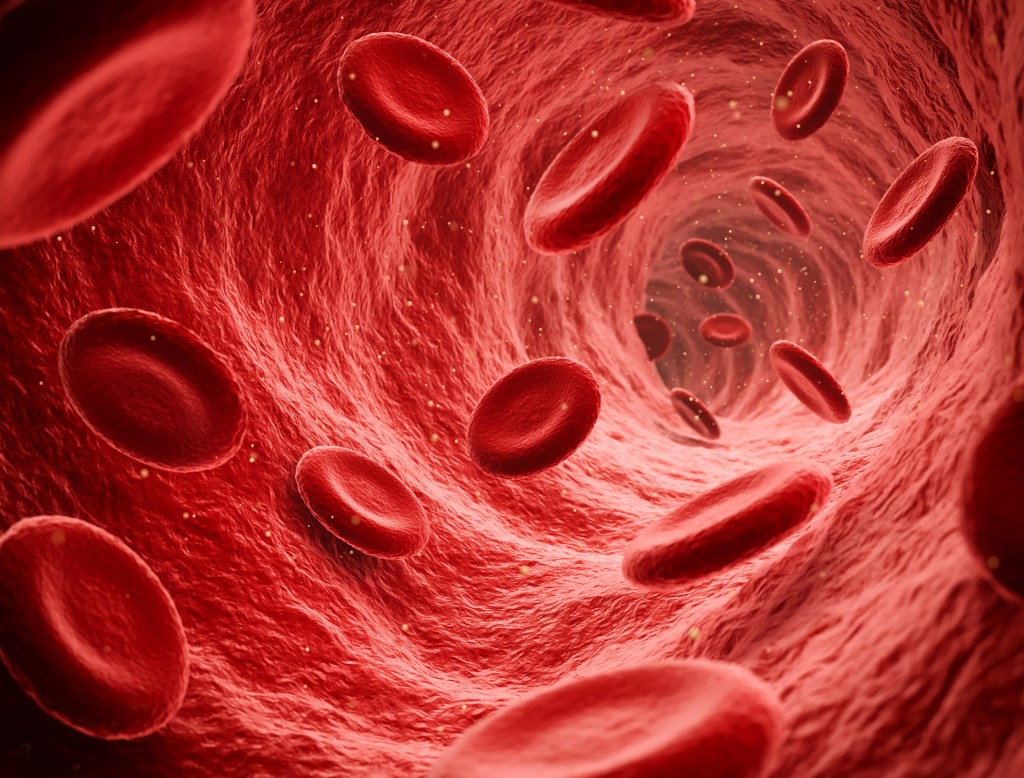
So where do the researchers go from here? The two FDA-approved treatments for androgenetic alopecia come with their share of side effects: Minoxidil may lead to an irritated scalp and cardiovascular problems, and finasteride may reduce libido and cause depression. The team hypothesized that further research is needed, but a new, deoxyribose sugar-based option could be a less disruptive alternative that’s more affordable and versatile.
“This pro-angiogenic deoxyribose sugar is naturally occurring, inexpensive, and stable, and we have shown it can be delivered from a variety of carrier gels or dressings,” co-author Muhammed Yar said. “This makes it an attractive candidate to explore further for treatment of hair loss in men.”
RELATED: Scientists Harness “Pharaoh’s Curse” Toxic Fungus to Create an Anti-Cancer Drug




